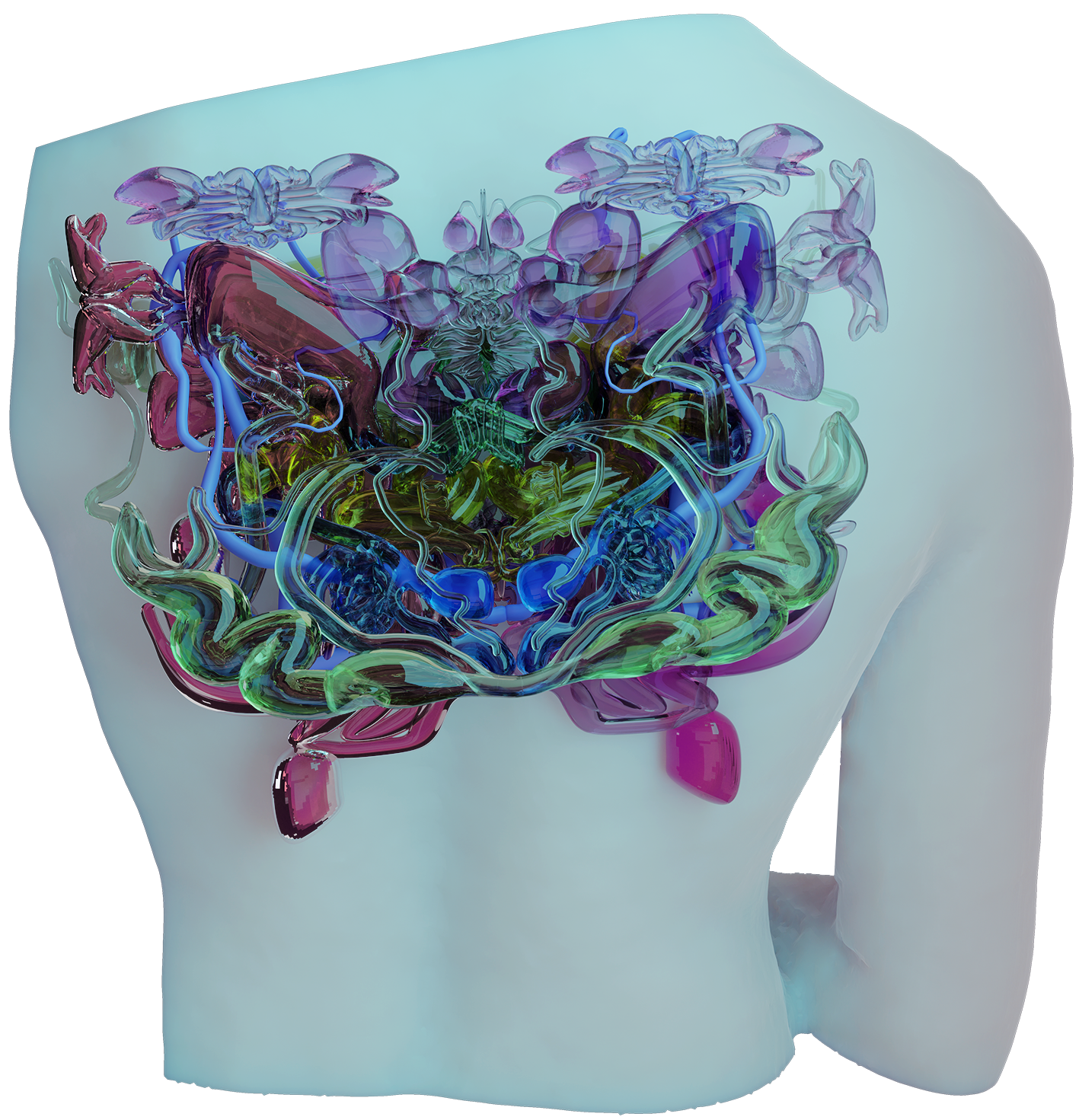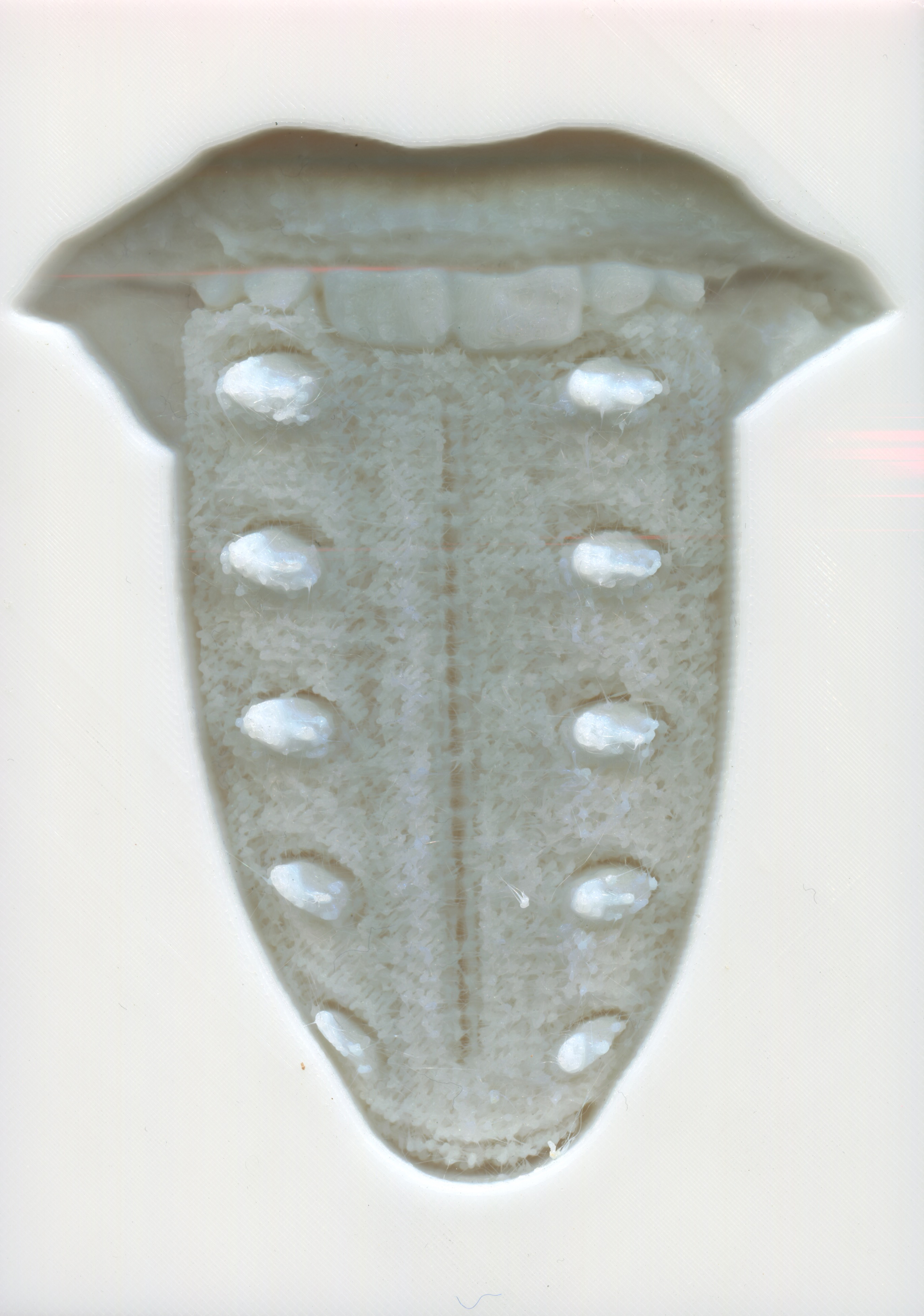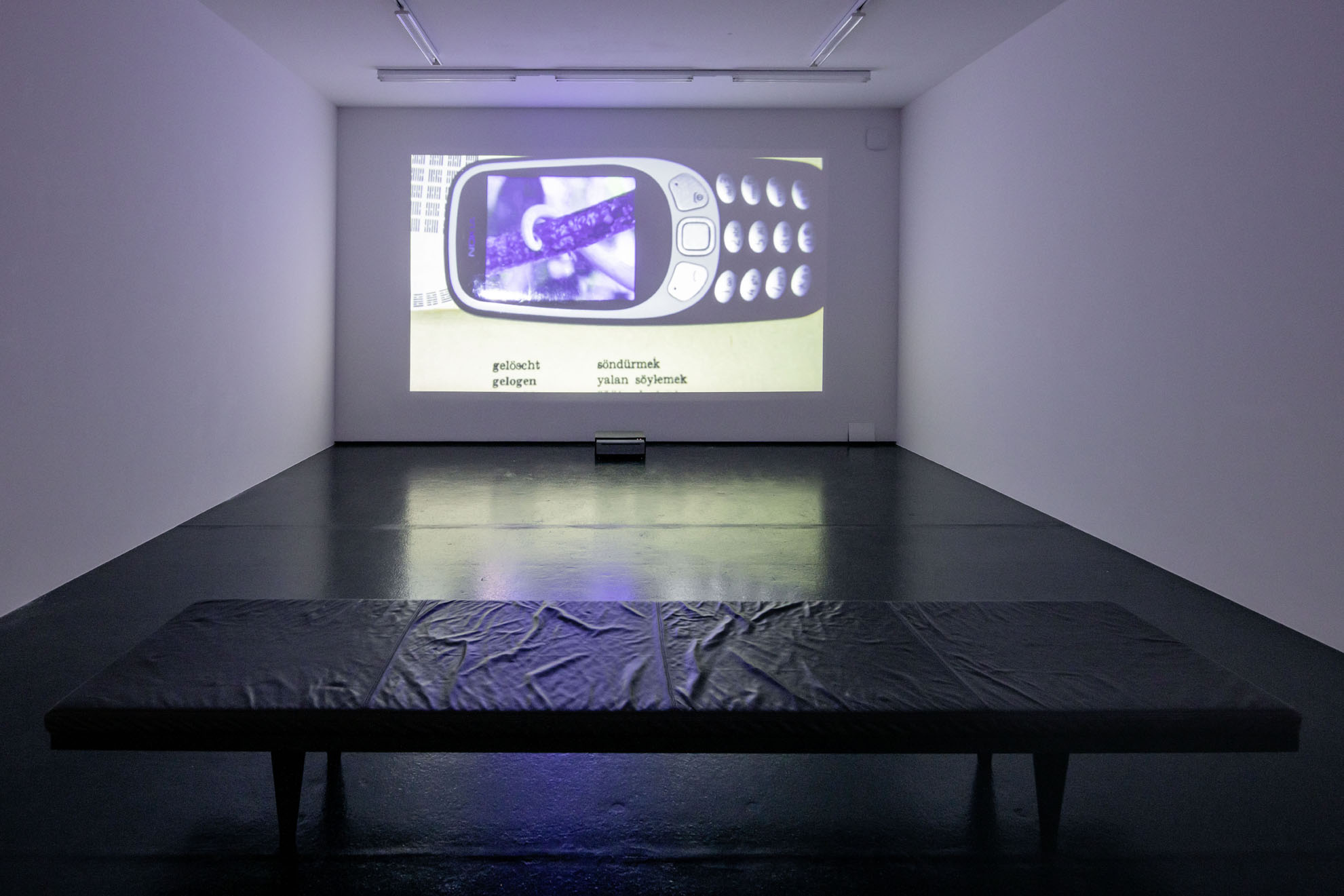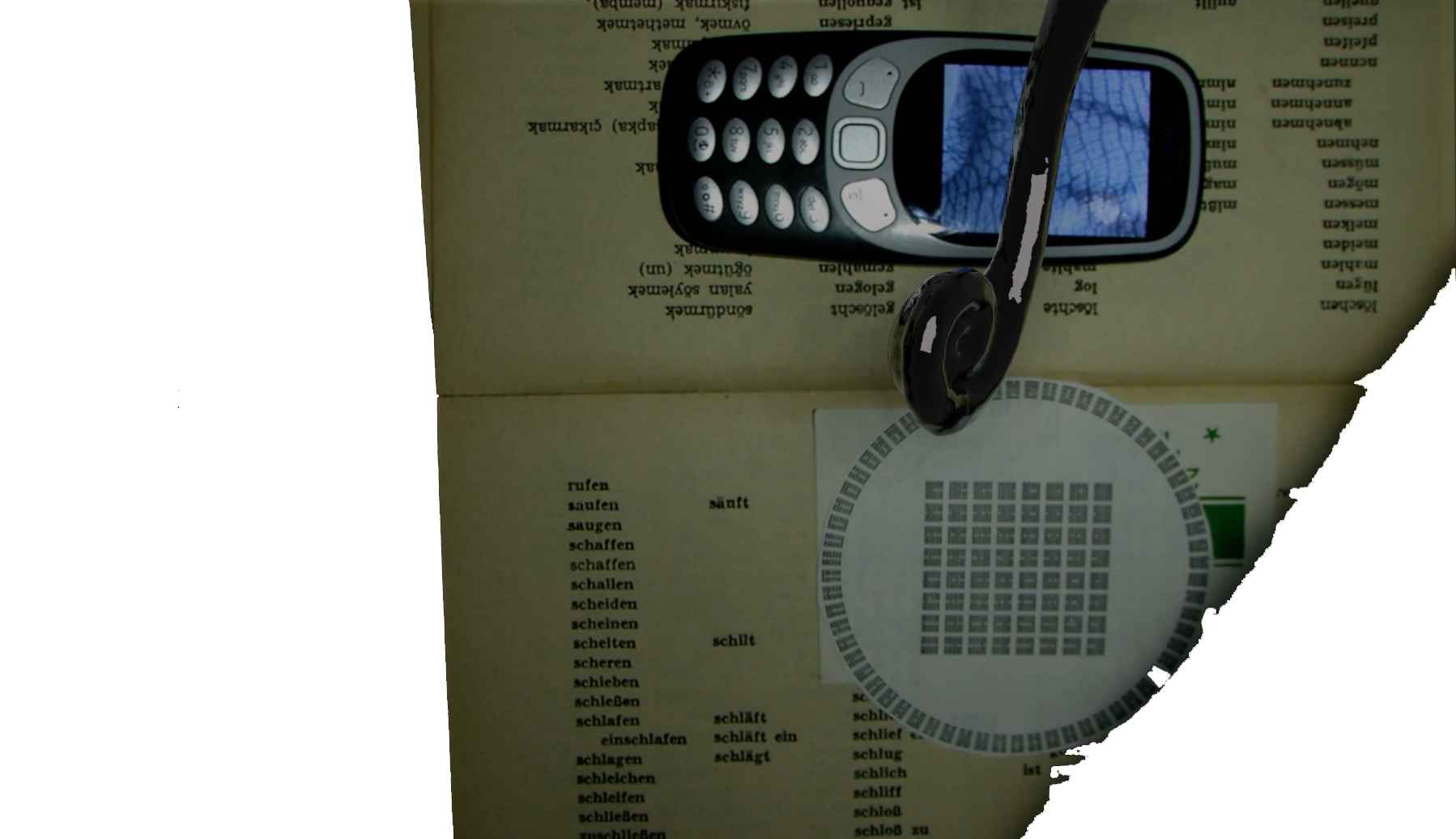Unlike “natural” cold (ice), which, particularly in the case of cryonics, is positioned in proximity to cellular death, “artificial” cold (cryo) becomes animated through metaphors of superheroes and time travel frontiers. In this way, artificial cold comes to represent scientific progress and the enhancement of life itself. In this multimodal domain, “artificial” cold attaches itself to the frontier, including the promise, in the case of cryonics, of an “enhanced” second life. Meanwhile, in the cryonics discourses, the brain becomes the most prized object in which information and experiences are seen to be stored, while in the case of cryotherapy, it translates metaphorically into the figure of the youthful, muscular, slender, fit, and fresh gendered body.
The Alcor Life Extension Foundation has frozen as many people in the last 10 years as it did in the 35 years before that.2 In that same period, membership numbers at the Cryonics Institute have grown a lot faster than ‘patient’ numbers.3 Throughout the 20th century, these two institutions and another US cryonics facility, all founded with the advent of the movement in the 1970s, were the exclusive suppliers of cryonics services. In recent years, the movement has spread across the world and more facilities have commenced operations or are planning to. In 2005 the first facility outside the USA, KrioRus, was opened in Russia4 and another one, which froze its first patient in 2014, was incorporated in the USA5; in 2012, Southern Cryonics was incorporated (then called Stasis Systems Australia), and currently promises to start offering cryonics services in Australia and New Zealand by 20206; finally, a project called CryoGen, with the intention of opening a cryostorage facility in Switzerland, was recently launched by KrioRus and a Singaporean neurobiotech foundation.7
Fit, Fresh and Frozen (2021);
The Rhetorics of Artificial Cold Kroløkke, Charlotte
p. 22
1 The term cryonics comes from the Greek κρύος (kryos) meaning cold. Cryonics is based on a technology called cryopreservation which denotes preservation of biological material at cryogenic temperature, i.e. at -196°C, which is the temperature of liquid nitrogen.
2 See http://alcor.org/AboutAlcor/membershipstats.html (accessed March 25, 2019)
3 See http://www.cryonics.org/ci-landing/member-statistics/ (accessed March 25, 2019)
4 http://kriorus.ru/en/about-us (accessed March 25, 2019)
5 http://oregoncryo.com/aboutOC.html (accessed March 25, 2019)
6 https://southerncryonics.com/ (accessed March 25, 2019)
Fit, Fresh and Frozen (2021);
The Rhetorics of Artificial Cold Kroløkke, Charlotte
p. 22
1 The term cryonics comes from the Greek κρύος (kryos) meaning cold. Cryonics is based on a technology called cryopreservation which denotes preservation of biological material at cryogenic temperature, i.e. at -196°C, which is the temperature of liquid nitrogen.
2 See http://alcor.org/AboutAlcor/membershipstats.html (accessed March 25, 2019)
3 See http://www.cryonics.org/ci-landing/member-statistics/ (accessed March 25, 2019)
4 http://kriorus.ru/en/about-us (accessed March 25, 2019)
5 http://oregoncryo.com/aboutOC.html (accessed March 25, 2019)
6 https://southerncryonics.com/ (accessed March 25, 2019)
Final Form: When Its Not Your Time To Die
MP4, 09’ 05“, stereo
The video essay examines the perception of cryonics as a cross-cultural phenomenon and as a publicly presented vision of the future. It draws from the YouTube channels of prominent cryonics companies such as KryoRus (RU), Alcor (US), Biostasis (CH) and atmospheric footage from documentaries.
A profound disjunction between the virtual and real world experiences of cryopreservation is juxtaposed, deconstructing the cryonic imaginary. The visually seductive perfection of the rendered environment (and body), with its flawless textures and idealised representations, stands in stark contrast to the visceral reality of preserving a human body. This contrast highlights the corporeal nature of the practice, emphasising the physicality, vulnerability and undeniable presence of the individual being cryopreserved, which is often erased by virtual representation.
The opening scene in a YouTube video clip uploaded by KryoRus, entitled ‘When It’s Not Your Time to Die’, symbolically portrays the act of flying as a metaphor for life. When the pilot loses a wing in mid-air, a post-production blur effect is used to convey the pilot’s skill in manoeuvring the aircraft with only one wing and ultimately landing unharmed. This landing serves as a metaphor for the overarching goal of the cryonics community: to transcend the boundaries of life and death, to exist in its final form - a body for infinity - through the exploration and invention of new technologies.
As cryopreservation emerges as a viable option for privileged individuals of considerable wealth and remains a fictional narrative for the common person, the practice is illuminated as a technosomatic symptom of class.
The mammoths of the ancient world have been wonderfully preserved in the ice of Siberia. The cold, only a few miles out in space, will be far more intense than in the polar regions and its power of preserving the dead body would most probably be correspondingly increased. When the hero-scientist of this story knew he must die, he conceived a brilliant idea for the preservation of his body, the result of which even exceeded his expectations. What, how, and why are cleverly told here.
He would have his body shot into space enclosed in a rocket to become a satellite of the earth as long as the earth continued to exist. He reasoned logically. Any material substance, whether of organic or inorganic origin, cast into the depths of space would exist indefinitely. He had visualized his dead body enclosed in a rocket flying off into the illimitable maw of space. He would remain in perfect preservation, while on earth millions of generations of mankind would live and die, their bodies to molder into the dust of the forgotten past. He would exist in this unchanged manner until that day when mankind, beneath a cooling sun, should fade out forever in the chill, thin atmosphere of a dying world. And still his body would remain intact and as perfect in its rocket container as on that day of the far-gone past when it had left the earth to be hurled out on its career. What a magnificent idea!
The Jameson Satellite By NEIL R. JONES (1931)
https://www.gutenberg.org/files/26906/26906-h/26906-h.htm

(time becomes meaningless in this context), 2023
a series of gifs sourced in the rhetoric of the cryonic discourse


Would you like to live forever, here on this earth? In the very near future this may become a real possibility. Indeed, in theory it is possible now, for if one was to be deep-frozen and stored away it is inevitable that in fifty, or a hundred, or a thousand years (time becomes meaningless in this context) surgery will have progressed to the point where damage to the cells which is at present irreparable will be able to be repaired.
https://www.chinesecryonics.org/index.html
Hypothetical revival scenarios generally envision repairs being performed by vast numbers of microscopic organisms or devices. These devices would restore healthy cell structure and chemistry at the molecular level, ideally before warming. More radically, mind transfer has also been suggested as a possible revival approach if and when technology is ever developed to scan the memory contents of a preserved brain.
![]()
![]()
![]()
![]()
![]()
![]()
![]()
temporary immortality, 2024
fake tattoo sheet, series of 10, A4
![]()
![]()
![]()
https://www.chinesecryonics.org/index.html
Hypothetical revival scenarios generally envision repairs being performed by vast numbers of microscopic organisms or devices. These devices would restore healthy cell structure and chemistry at the molecular level, ideally before warming. More radically, mind transfer has also been suggested as a possible revival approach if and when technology is ever developed to scan the memory contents of a preserved brain.







temporary immortality, 2024
fake tattoo sheet, series of 10, A4























Inverted Bloom
Daralan Records
Knotted together invisibly inside the bud: inverted bloom grows towards the centre and into the dream realms.
The interwoven improvisations based on experimentations with samplers and voices are holding together a foggy, mystic and / but cartoonish experience in a sound / rhythm labyrinth-scape, joyfully searching for the most twisted and winding corridors instead of the exit.
released September 23, 2022
Mastered by Gökalp Ergecen
Daralan Records
Knotted together invisibly inside the bud: inverted bloom grows towards the centre and into the dream realms.
The interwoven improvisations based on experimentations with samplers and voices are holding together a foggy, mystic and / but cartoonish experience in a sound / rhythm labyrinth-scape, joyfully searching for the most twisted and winding corridors instead of the exit.
released September 23, 2022
Mastered by Gökalp Ergecen
https://exlevent.bandcamp.com/album/inverted-bloom
Slay
Pray
Display
Duo-Show
Selin Aktekin
Levent Pinarci
/Projekt Links/
Gallerie Duflon/Racz
22. April - 28. Mai 2022
left: Selin Aktekin - ice hay (2021) & vulnerable, balanced, great (2022)
The sun-rays reflect on the water surface and fracture the light. One part sinks down into the deep. The other portion, playfully and mystically distorted, lands on closed eyelids and produces colorful friendly flashes. Branching in multiple directions, forming glyphs and letters, chained to each other forever.
A sequence of items of the same type forming a line between the objects they hold together, analogue to how language links meaning to a composition of letters as words.
Under a tree in spring, choose a place where the shadow of the many leaves falls onto the grass, lay down and let the light (passing through the chains in the wind) create shadow-patterns on your closed eyelids.
Did you ever interact with screens while dreaming? Like scrolling, writing, looking at pictures or videos online? Does the way we look at the surface of monitors and displays interrupt the rapid eye movement that is often associated with the experience of dreams?
Each time we interact with computer screens in our dreams, the way we look 'into' the display - a fixed point in space - disrupts the steady movements of the eyes during dream experiences and leads to immediate waking.


a geographical line leading from A to B
but also to a form of recitation,
- as in "knowing your lines"
- as the remembering sentences that try to define oneself and one's path.

The Tongue As A Portal (2021) 3D Print, 10 x 16 x 2



Das unprätentiöse Video «Int Document A» von Levent Pinarci, welches an die experimentellen Anfänge der Videokunst erinnert, befasst sich mit der Beziehung von Sprache und Identität. Im Video sehen wir, wie Pinarci ein deutsch-türkische Wörterbuch, eine Visitenkarte oder Strichzeichendes I Ging kontinuierlich übereinanderschichtet. Ein altes Handy, auf dem ein Chamäleon zu sehen ist, tritt wiederholt in Erscheinung und ist als Sinnbild für unsere sich immerzu transformierende Kultur zu lesen. Den unmittelbaren und berührenden Prozess von Verschiebungen und Überlagerungen und den persönlichen Einblick, de uns Levent Pinarci mit diesem taktilen Ritual gewährt, würdigt die Jury des Aargauer Kuratoriums mit einem Förderbeitrag. Damian Jurt 2020
